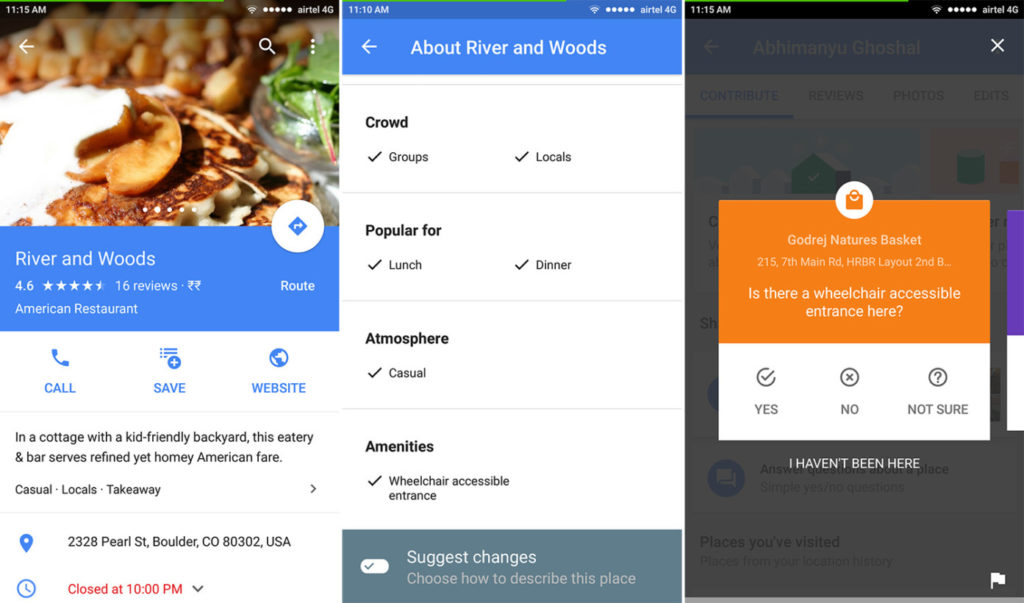
Why do we have seasons on Earth?
Yesterday we experienced a shortest day of the year in the northern hemisphere. The December solstice happens every year around December, 21st. This made me want to think about why do we seasons on Earth? In theory we all know it but in practice you might want to refresh you basic geographic knowledge…
We experience seasons because our planet rotates on an axis that is tilted by 23.5 degrees in its orbit. The Earth orbits around the sun every 365.256 days. This tilt makes northern hemisphere to be closer and more exposed to the sun for half of the time and southern hemisphere for another half.
What is the key to understand this phenomena is that over the course of a year, the angle does not change so Earth’s axis is always pointing the same direction in space. But as we orbit the sun the orientation of Earth’s tilt with respect to the sun changes.
Some may argue that the seasons are also influenced by the fact that Earth distance from the sun does change throughout the year. But in the case of our planet the change is too small to cause it.
If the idea is still a bit blurry you might want to watch this video:
With that we send greetings to all the Flat Earthers on your round planet.



